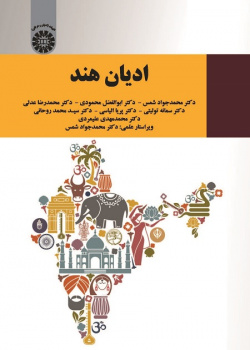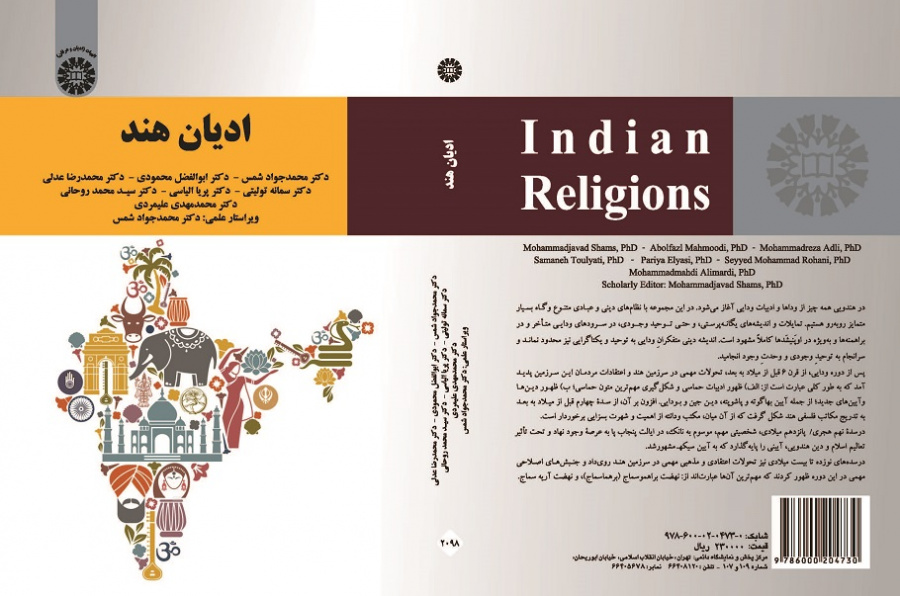

Indian Religions
In Hinduism, everything begins with the Vedas and Vedic literature. In this collection, we are faced with various and sometimes very distinct religious and devotional systems. The tendencies and ideas of monotheism, and even existential monotheism, are quite evident in the late Vedic hymns and in the Brahmanas, and especially in the Upanishads. The religious thought of the Vedic thinkers was not limited to monotheism and monotheism and finally led to existential monotheism and unity of existence. After the Vedic period, from the 6th century BC onwards, important developments took place in the land of India and the beliefs of the people of this land, which are generally: a) the emergence of epic literature and the formation of the most important epic texts; B) the emergence of new religions and rituals; Including the Baha'i and Pashtun religions, Jainism and Buddhism. In addition, from the fourth century BC onwards, the Indian philosophical schools gradually emerged, of which the Vedanta school is of great importance. In the ninth / fifteenth century AD, an important figure, called Nanak, emerged in the Punjab province and, under the influence of the teachings of Islam and Hinduism, established a religion known as the Sikh religion. In the nineteenth to twentieth century, important doctrinal and religious developments happened in the land of India and important events and reform movements emerged in this period, the most important of which are: Brahmsmaj movement (Brahmasmaj), and Arya Samaj movement.





